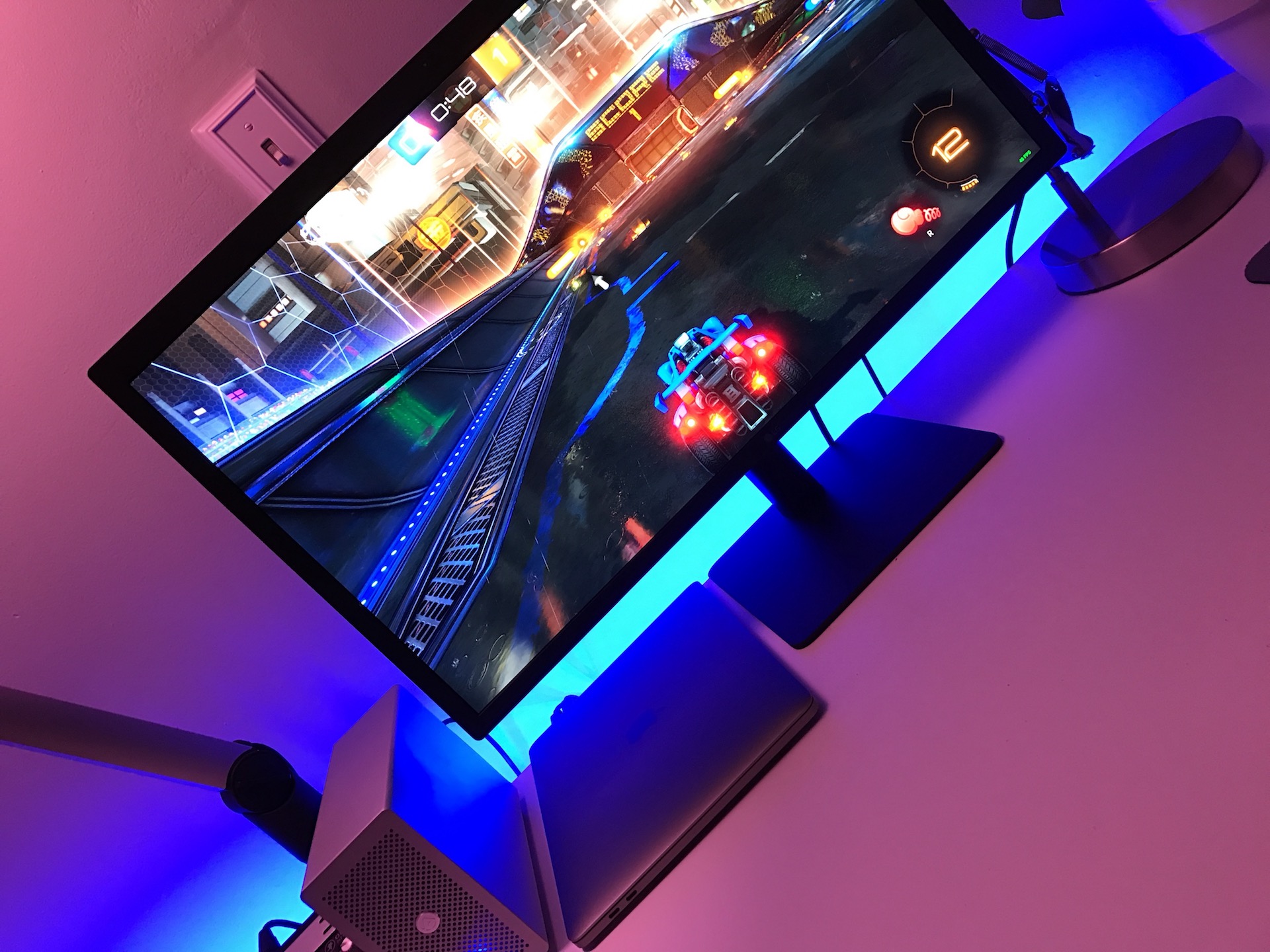Download Bootcamp Macbook Pro (retina 13-inch Early 2015)
- Early 2015 Macbook Pro Specs
- Download Bootcamp Macbook Pro (retina 13-inch Early 2015) Early 2015 Battery
Contents
We installed Windows 10 on a 2015 15-inch MacBook Pro. Here is how to do it and how good it is! More information http://www.windowscentral.com/how-install-wi. Install Apple MacBook Pro (13' Early 2015) laptop drivers for Windows 10 x64, or download DriverPack Solution software for automatic drivers intallation and update.
- Power Management
- System Summary
Debian Stretch runs very well on this version of the MacBook Pro. You need an amd-64 CD image, that you'll flash on a USB stick. The easiest way to install is using a 'netinst' CD image that also include all the non-free firmware packages--see http://cdimage.debian.org/cdimage/unofficial/non-free/cd-including-firmware/ . Thanks to the non-free firmware, the WiFi adapter will be detected during installation, so you'll be able to download all additional packages not included in the netinst image.
- The first step is partitioning the disk from MacOS, as explained in many documents on the Web.
Install might be a better option than Graphical Install. During installation the trackpad does not work, so if you choose Graphical Install you'll need a USB mouse. In any case, due to the retina display, fonts will be very small during installation, so get a magnifying glass before you start
The installer will complain that it cannot find a file called brcm/brcmfmac43602-pcie.txt. This is related to the WiFi adapter firmware. In fact the firmware (brcmfmac43602-pcie.bin) gets loaded, and you can ignore this message, choosing 'No' (i.e. do not load brcmfmac43602-pcie.txt from an external media). The WiFi adapter will work anyway.
- Everything should work smoothly. Once the installation is complete, reboot to your fresh new debian installation.
After the first reboot, you'll be disappointed by the fact that everything on the screen (fonts, icons, etc.) is incredibly tiny. If you chose KDE as desktop environment, all you have to do is tell X what the dimensions of the screen are. The default resolution is 96 dpi, and X believes that the screen is much bigger than it actually is. As a result, everything appears way too small.
These are the default dimensions and resolution that X assumes after installation:
You need the following configuration section:

to get the correct resolution:
GTK+ applications running in KDE won't be scaled correctly yet. You need to add the following line in /etc/profile:

This might not be enough for some Java applications based on GTK+. For instance, JOSM needs also java 9 (which is not currently available in the stretch repository).
For further information on the tweaks needed for retina display (e.g. on desktop environments different from KDE), refer to the ArchLinux wiki.
You might experience a couple of issues with power management.
Immediate wakeup after sleep
When sending the system to either suspend or hibernate via KDE's menu entries or the command line, the system wakes up immediately, as soon as it has entered sleep mode. This is related to the lid, that being open sends mistakenly a wake up signal immediately after suspend/hibernate. This is not a major issue, since most of the time you will suspend/hibernate by closing the lid. However, to avoid problems when reaching a critical power level, it is best to correct this behaviour. Put the following script in /lib/systemd/system-sleep/
WiFi won't work after hibernation
After waking up from hibernation, the WiFi controller might not work. Removing the brcmfmac driver before hibernate, and adding it back after wakeup solves the problem. Use the following script to automate:
SD Card Reader
After resuming from suspend/hibernate, the SD card reader is not detected and will not function until the system is completely powered off and back on again (cold boot). Even if rebooting back into macOS after suspending in Stretch, the SD card will not function until the system is started from a powered off state.
cpuinfo i5
Standard model with 2.7 GHz CPU
Model with optional 2.9 GHz CPU Openoffice macbook air download.
lspci
lsusb
Early 2015 Macbook Pro Specs

Download Bootcamp Macbook Pro (retina 13-inch Early 2015) Early 2015 Battery
lsusb -v | grep -E '<(Bus|iProduct|bDeviceClass|bDeviceProtocol)'
